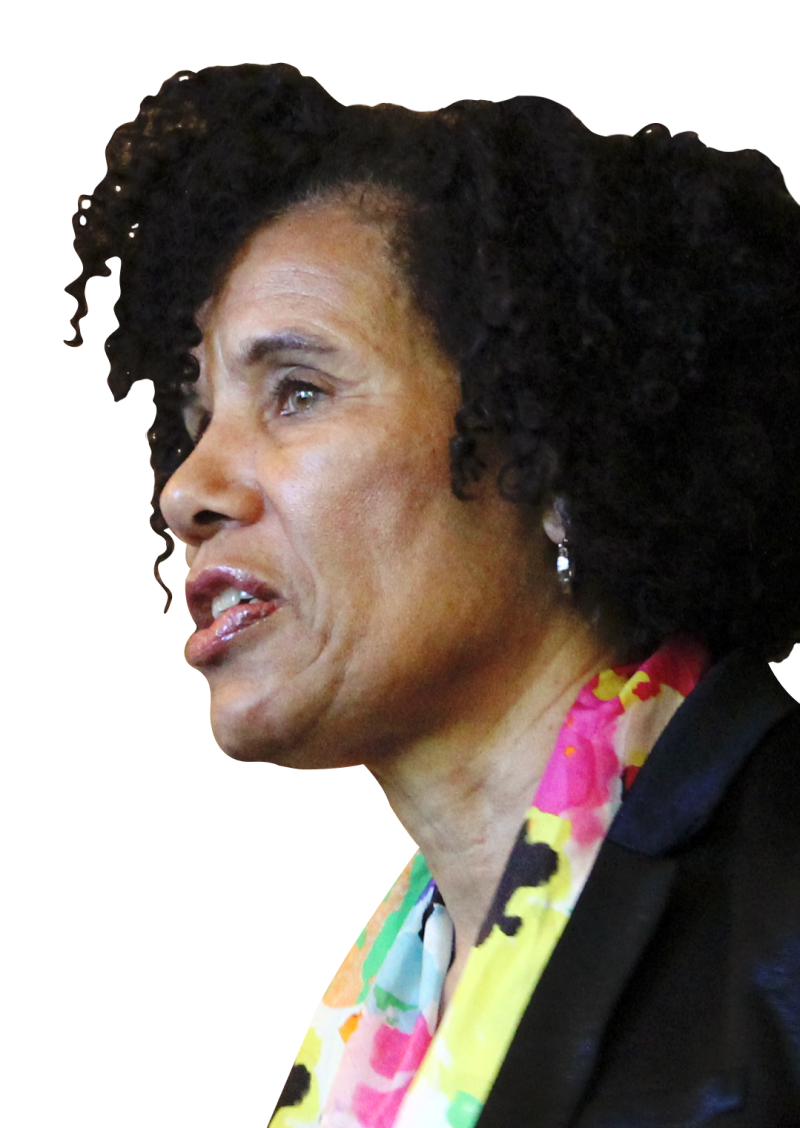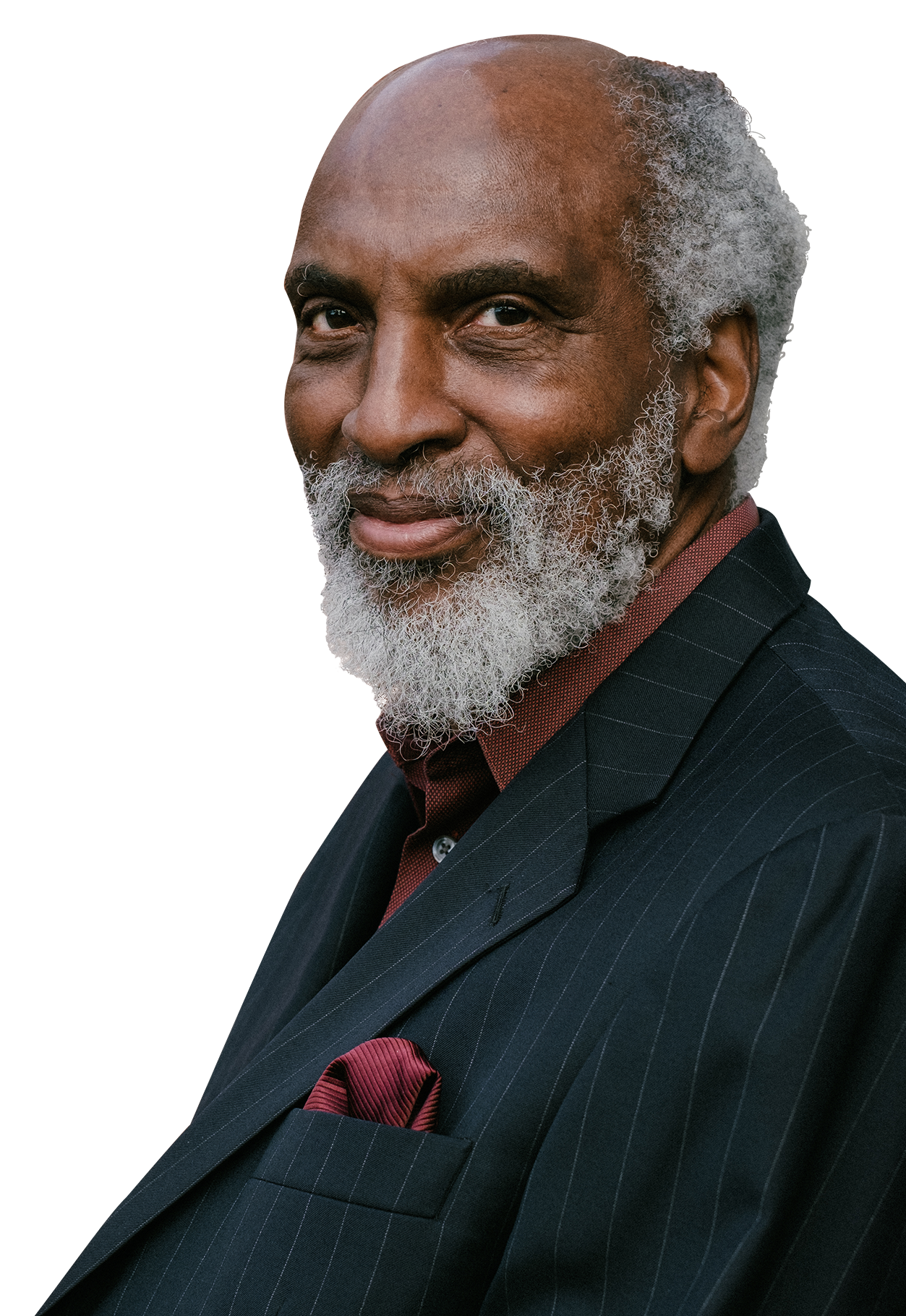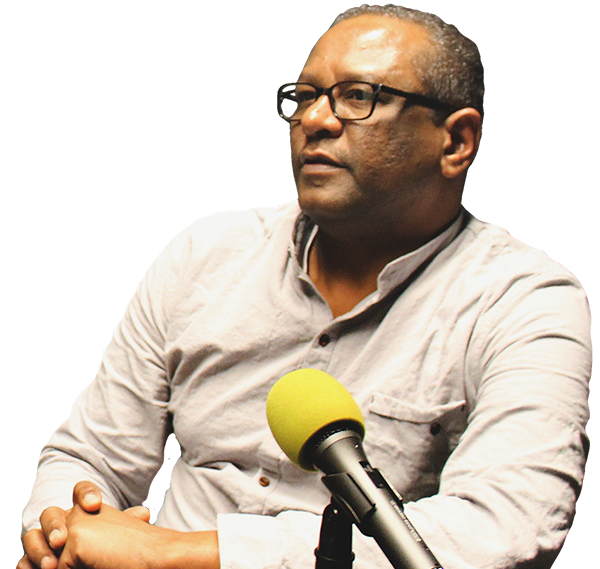How can the contaminated lands that dot urban neighborhoods and rural lands across the country and the world, often for years or decades, be cleaned up and put to reuse in ways that ensure environmental health, social equity, and thriving local economies? The California Department of Toxic Substances Control (DTSC) Office of Brownfields in 2021 launched a pilot program entitled Equitable Community Revitalization Grant (ECRG), reimagining its approach to addressing brownfields. It would be the first time that the state agency responsible for brownfields cleanup would distribute grants with a focus on highly impacted environmental justice communities and prioritize projects that advance equitable development. This report documents the design of the ECRG program and analyzes the funded projects, comparing them to previous approaches to brownfields cleanups.
Now in its final year of implementation, the ECRG program has distributed over $129 million through 90 grants, offering an opportunity to assess how these projects embody the program goals. This report analyzes how social equity and environmental justice were built into the program design and how applicants responded to this design. The analysis is a case study of the ECRG program, not an assessment of the broader set of regulations, programs, and agencies involved in brownfields cleanup. Since the ECRG-funded projects are still ongoing, it is not possible to evaluate the overall project outcomes and impact. Reporting on the design of the ECRG program and analyzing how it produced different project plans provides a knowledge base for California and other states looking to learn from this pilot and design brownfields programs that more effectively foster environmental justice and equitable development.
To understand how ECRG projects differ from projects that didn’t receive ECRG funding, we compared them to 108 voluntary oversight agreement projects that did not receive ECRG funding.
Early data shows several key successes of ECRG. Notably, 99% of ECRG-funded projects were led by public agencies or nonprofits, compared to just 44% of the comparable sample of non-ECRG projects, demonstrating a greater involvement of community- serving entities. ECRG also featured more meaningful and transparent community engagement plans and requirements. ECRG projects were more equitably distributed, with 62% located in environmental justice communities, compared to 50% of non-ECRG projects.7 ECRG-funded projects were also more likely to be located in low-income communities. Specifically, 61% of ECRG projects were located in neighborhoods that rank in the top 25% for poverty levels across the state, compared to only 26% of non-ECRG projects in high-poverty areas. Furthermore, ECRG projects incorporated stronger commitments to equitable development, such as local workforce partnerships and community amenities. Affordable housing projects were found in 51% of ECRG projects versus in only 18% of non-ECRG projects. ECRG also emphasized reuses like parks, open spaces, and community gardens, which were prioritized in 38% of ECRG projects, compared to just 9% of non-ECRG projects. Additionally, the ECRG design and ongoing evaluation reflected greater community accountability, with direct collaboration between DTSC’s Office of Brownfields and the California Environmental Justice Alliance (CEJA) improving the grant guidelines between Round 1 and Round 2. Overall, these findings demonstrate that ECRG is funding more equitable and community-based projects than previous non-ECRG approaches.




